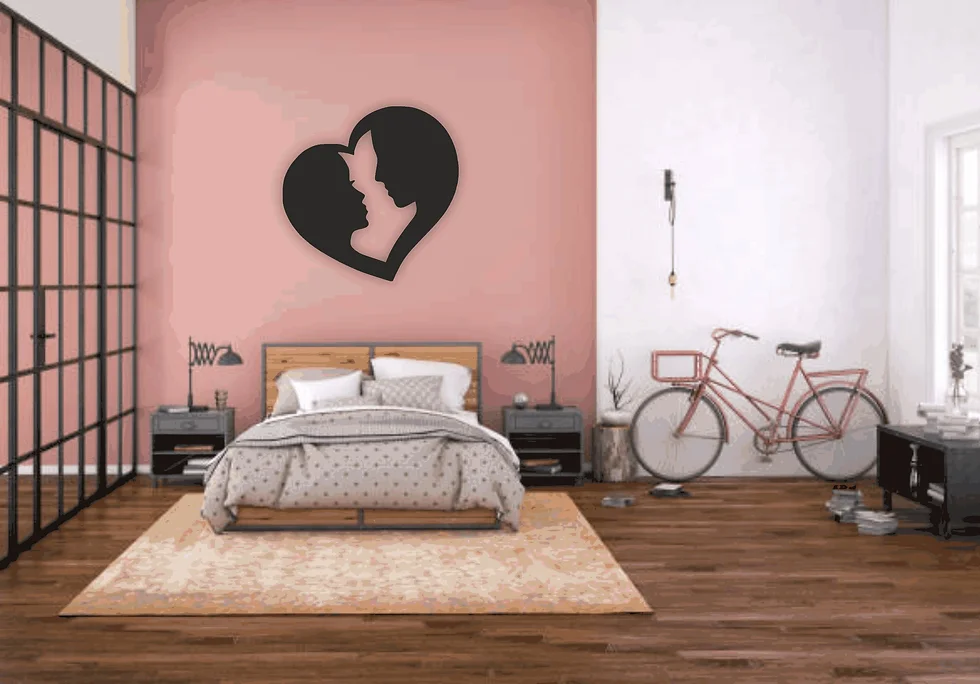Merging Technology and Design in the Future of Art Curation
The future of art curation is poised to undergo a profound transformation as technology and design increasingly intertwine. This evolution is driven by the integration of advanced digital tools, immersive experiences, and data-driven insights, which collectively enhance both the creation and presentation of art. Emerging technologies such as artificial intelligence AI, virtual reality VR, and augmented reality AR are revolutionizing how artworks are curated, exhibited, and experienced. AI algorithms can analyze vast amounts of data to identify emerging trends, suggest new artists, and even predict shifts in public taste, enabling curators to stay ahead of the curve and offer more personalized and relevant exhibitions. VR and AR, on the other hand, offer immersive environments where viewers can interact with art in ways that were previously unimaginable. For instance, virtual exhibitions allow audiences to explore galleries from anywhere in the world, breaking down geographical barriers and expanding access to diverse art forms. AR can overlay digital information on physical artworks, providing contextual details and interactive elements that deepen the viewer’s engagement.

The convergence of technology and design also influences the physical space of galleries and museums. Advanced lighting, projection systems, and soundscapes create dynamic and adaptive environments that respond to the artworks and the audience’s interactions. These innovations transform static displays into fluid, multi-sensory experiences that can evoke a stronger emotional response and provide a more nuanced understanding of the art. Additionally, design principles applied to digital interfaces and user experience UX play a crucial role in how art is presented online. Curators now have the ability to design virtual spaces that are not only visually appealing but also intuitive and user-friendly, ensuring that the art is accessible and engaging for a global audience. The data collected through these technological advancements also offers valuable insights into audience behavior and preferences. This information allows curators to tailor their exhibitions to better meet the needs and interests of their viewers, creating a more interactive and satisfying experience.
For example, analytics can reveal which artworks are most engaging, how long visitors spend with different pieces, and which features drive the most interaction. Such data-driven approaches enable curators to make informed decisions about future exhibitions and programming, fostering a more responsive and relevant art curation practice. As technology continues to evolve, it is likely that the boundaries between physical and digital art experiences will blur even further. The integration of blockchain technology for provenance and ownership, 3D printing for creating art replicas, and the use of machine learning for generating new artistic content are just a few examples of how technology will further shape the future of art curation. These innovations promise to democratize access to art, enhance the viewer’s experience, and provide new opportunities for artists and curators alike and Contact us. In this rapidly changing landscape, the collaboration between technology and design will be crucial in crafting engaging, meaningful, and transformative art experiences that resonate with diverse audiences and redefine the boundaries of artistic expression.
Recent Posts
- How Cold Climate Heat Pumps Help You Save Energy During Winter
- Perfect Measurements Make Tailoring Effortlessly Sophisticated and Chic
- Create Delicious, Fluffy Whipped Cream in Seconds with Nitrous Oxide
- Protect Your Automatic Watches with the Convenience of a Watch Winder
- Rotary Evaporation: Perfect Pairing for Enhanced Laboratory Operations